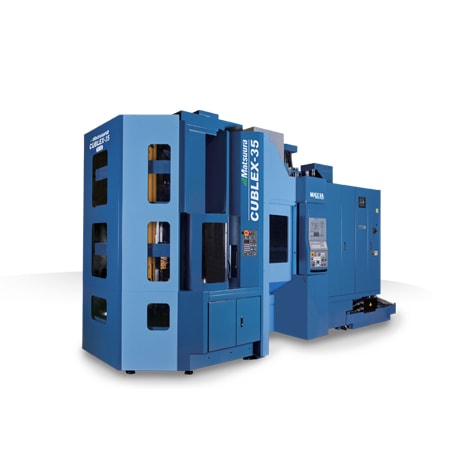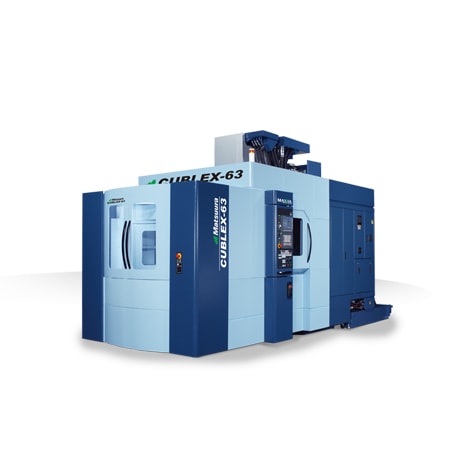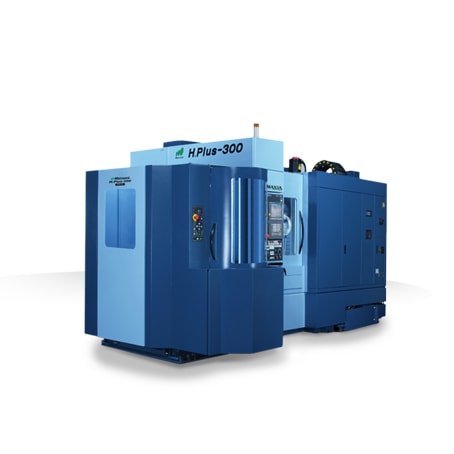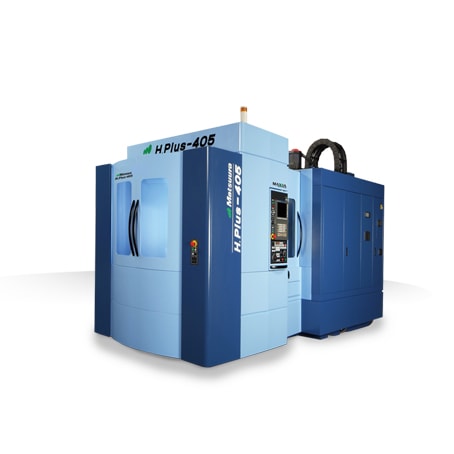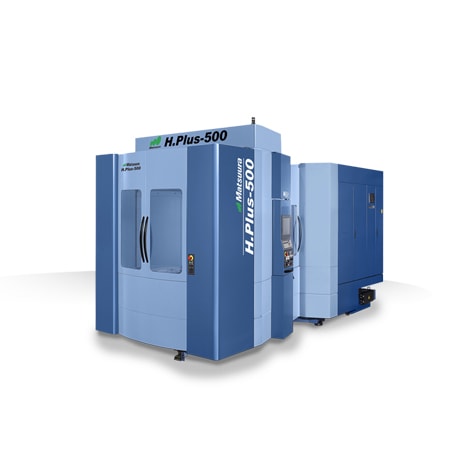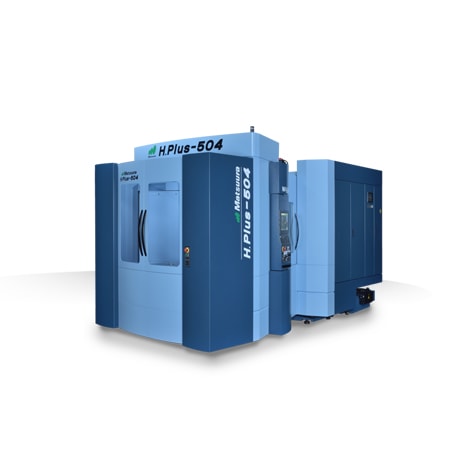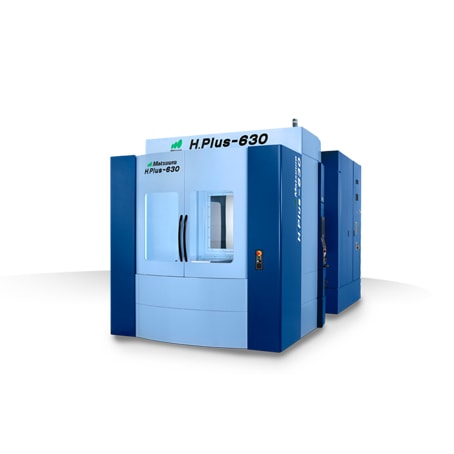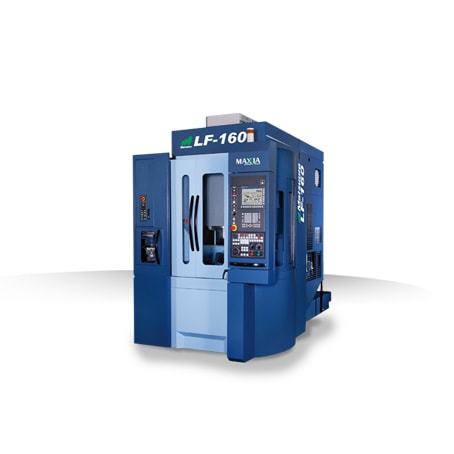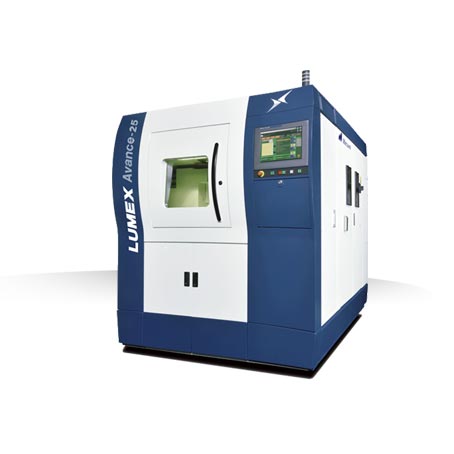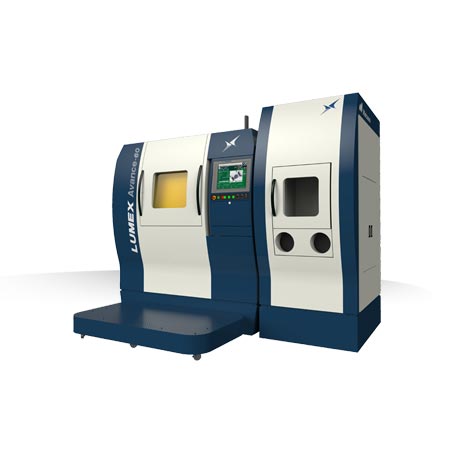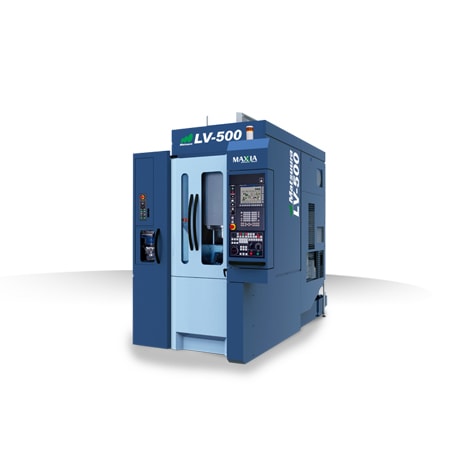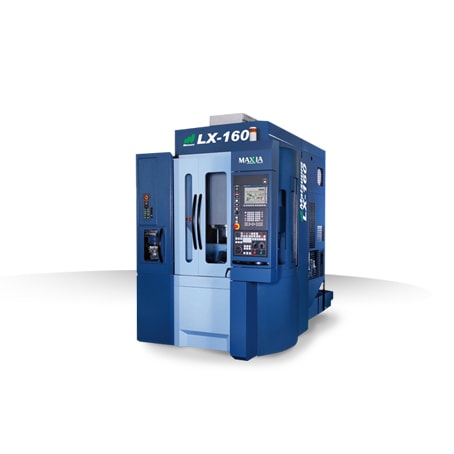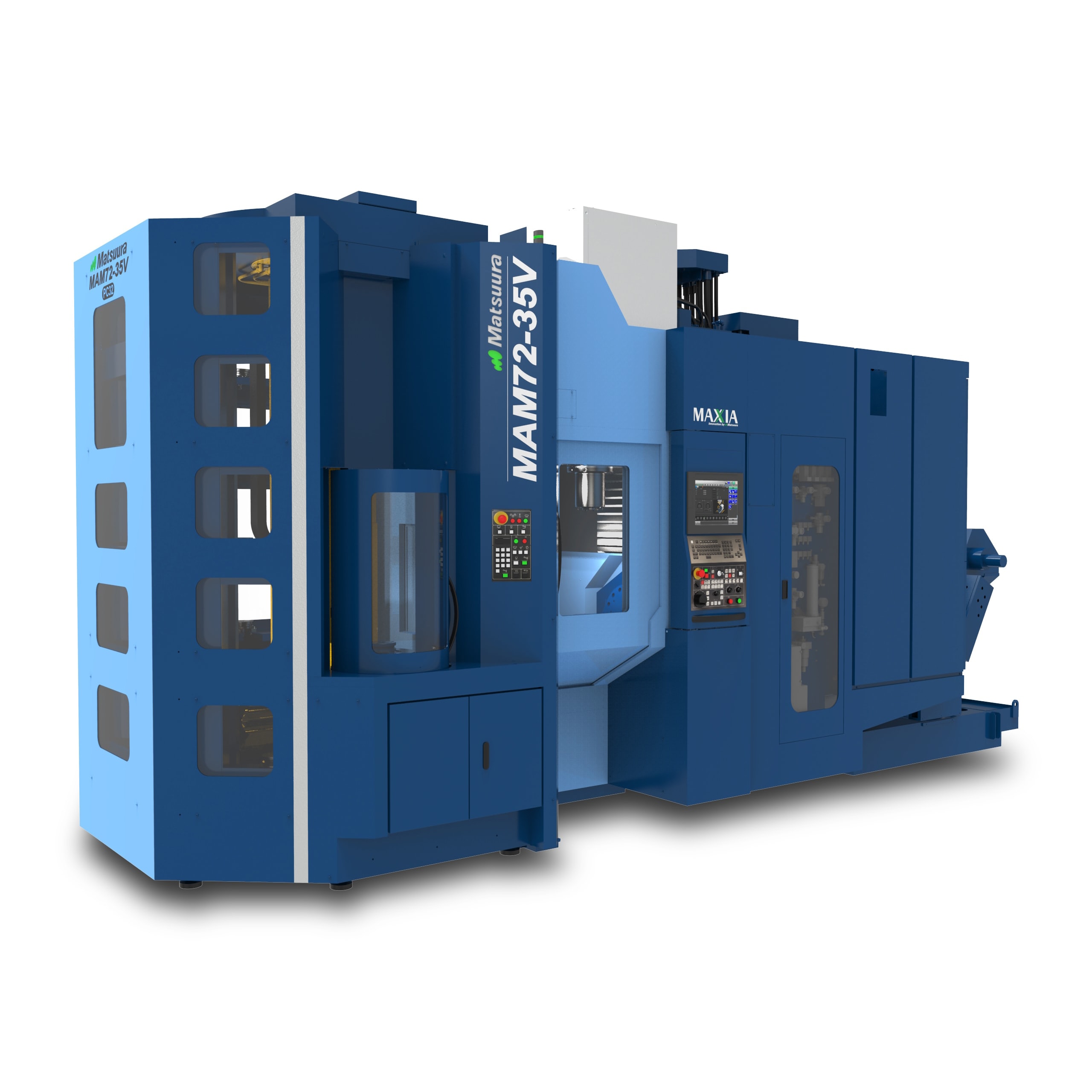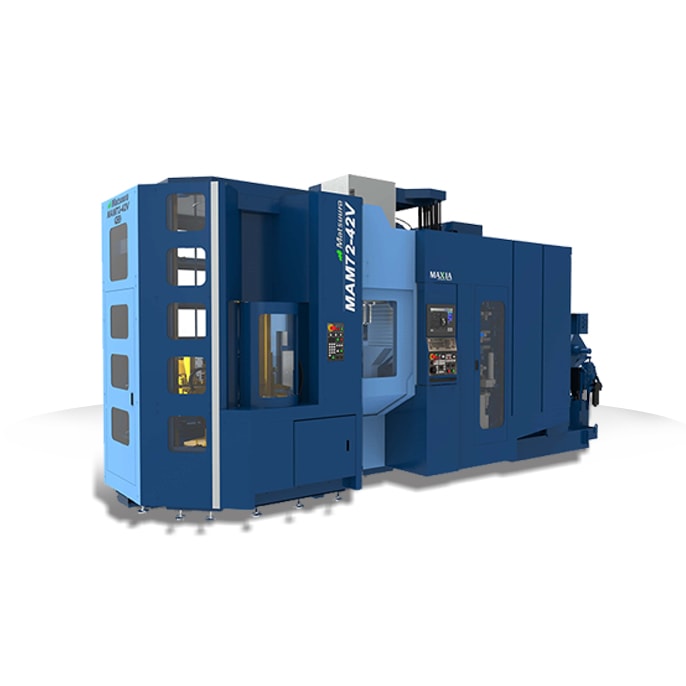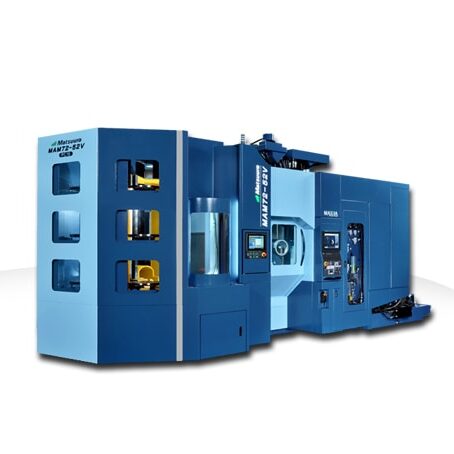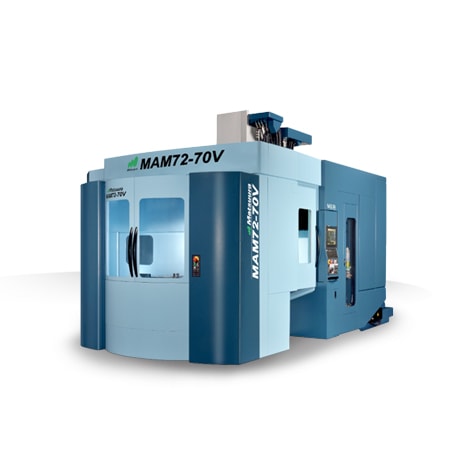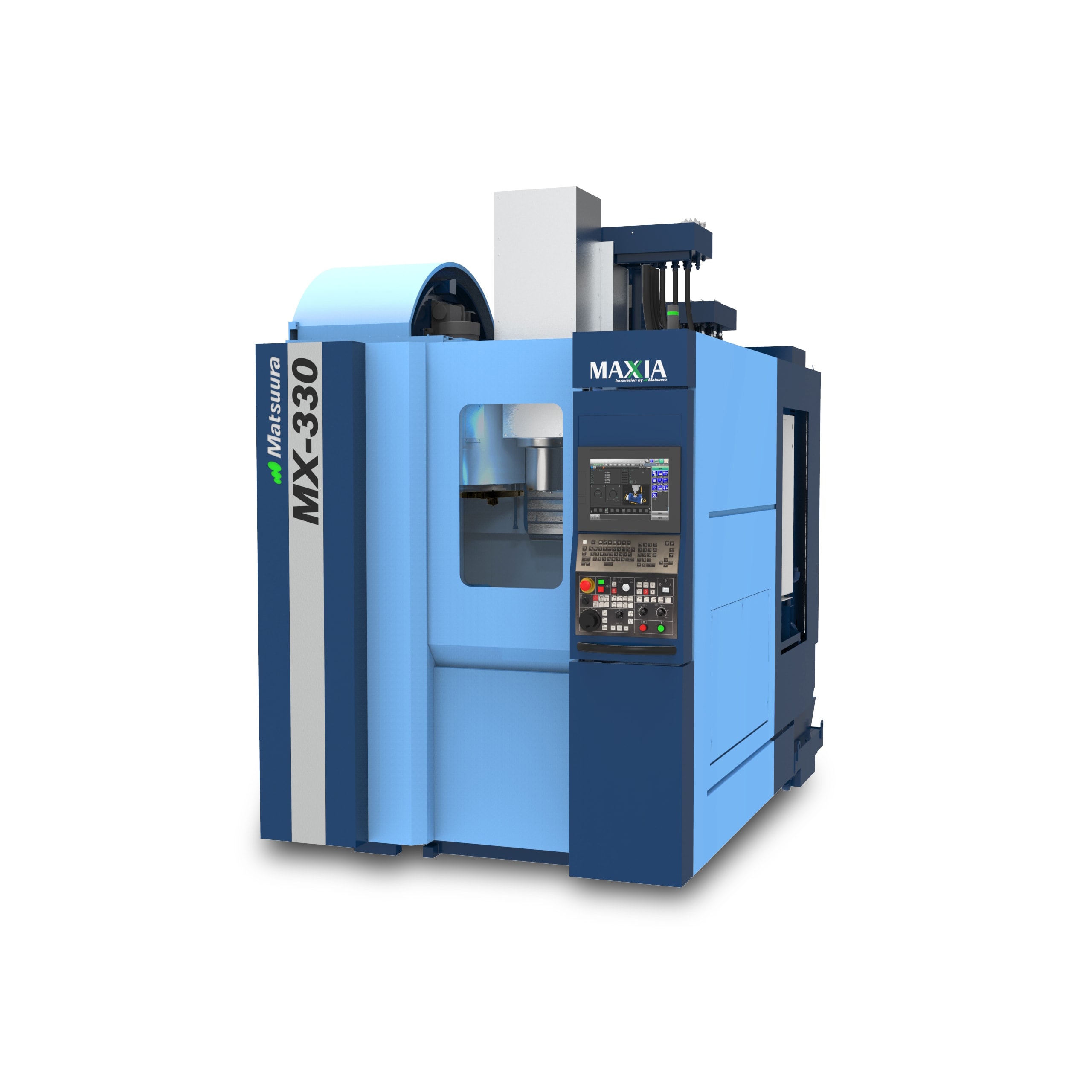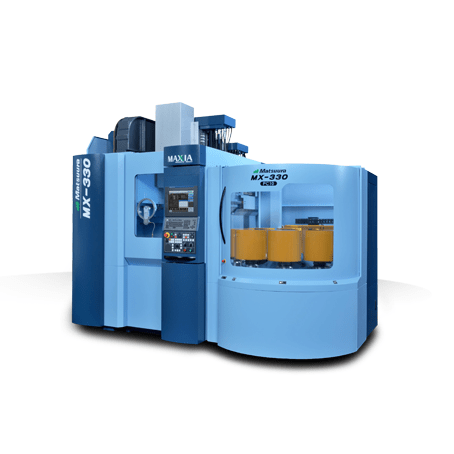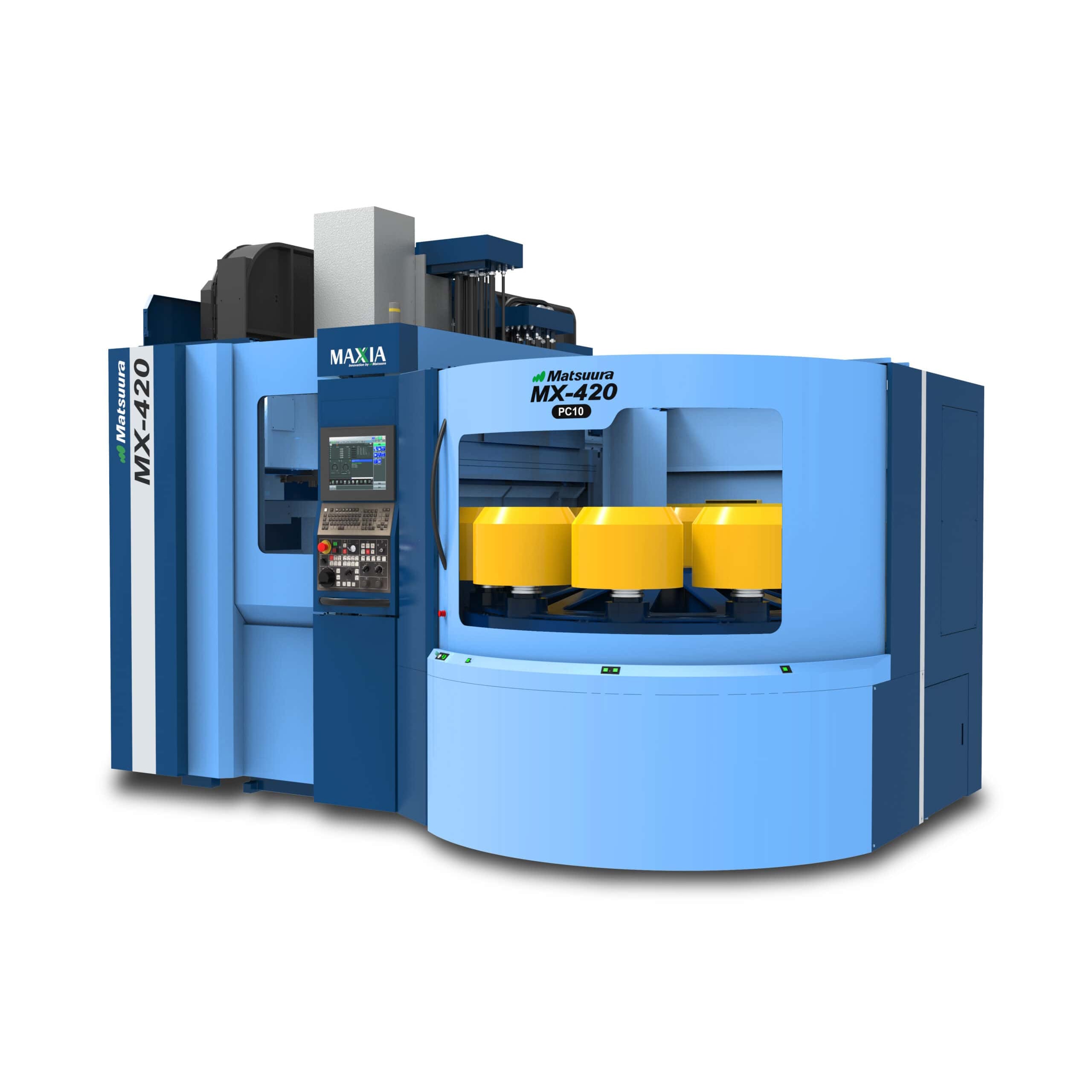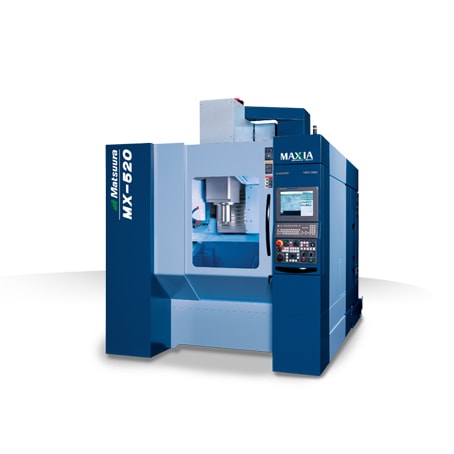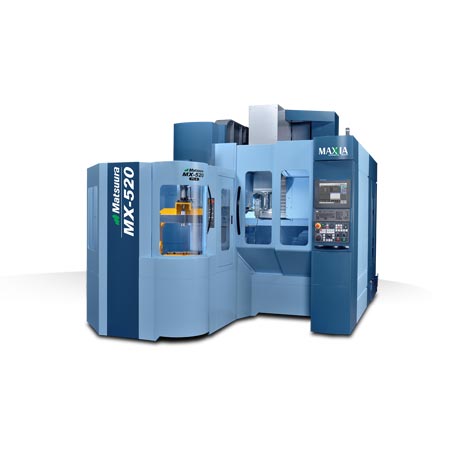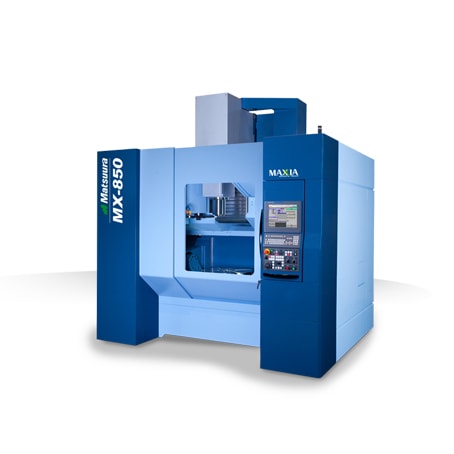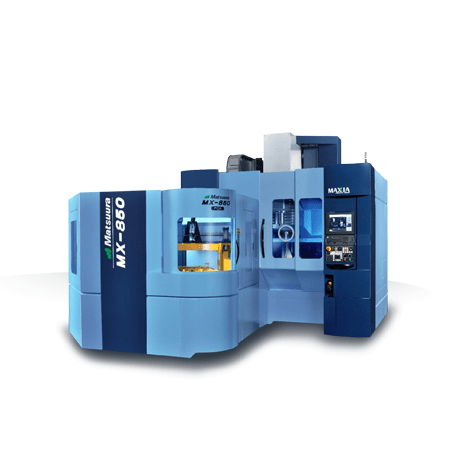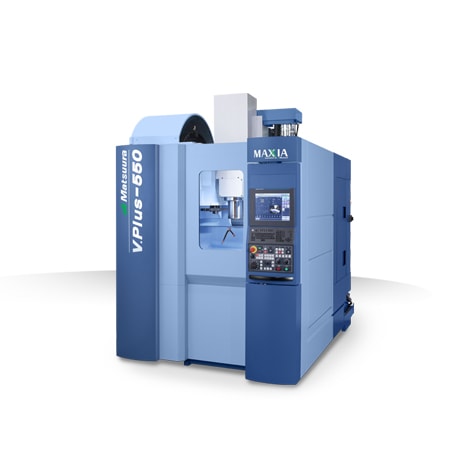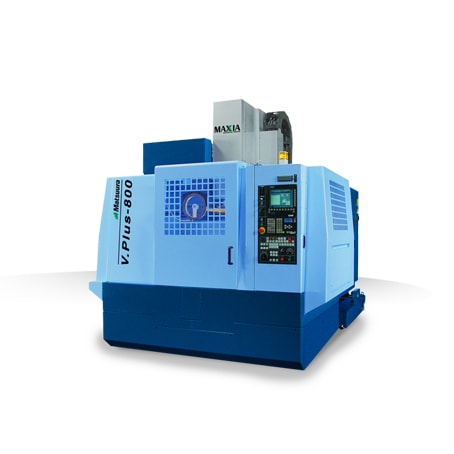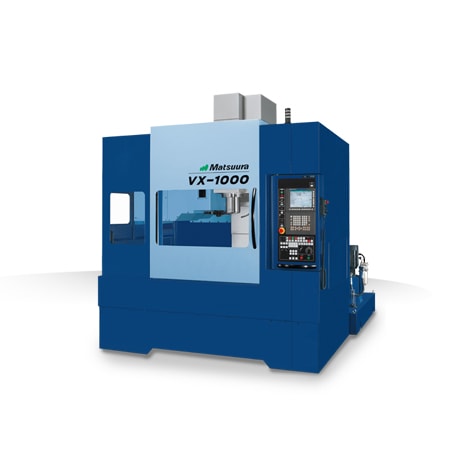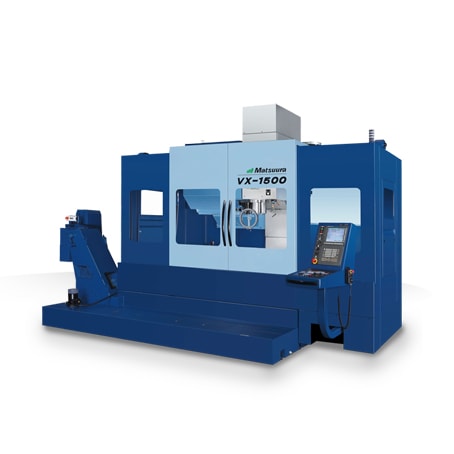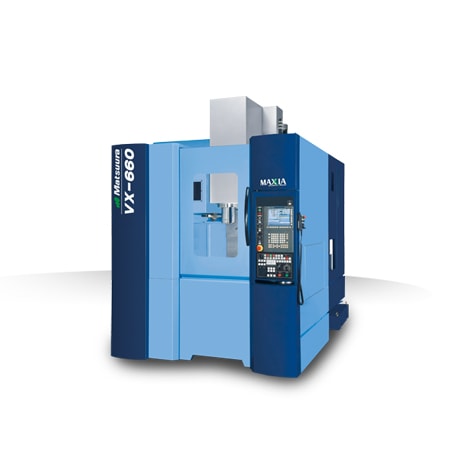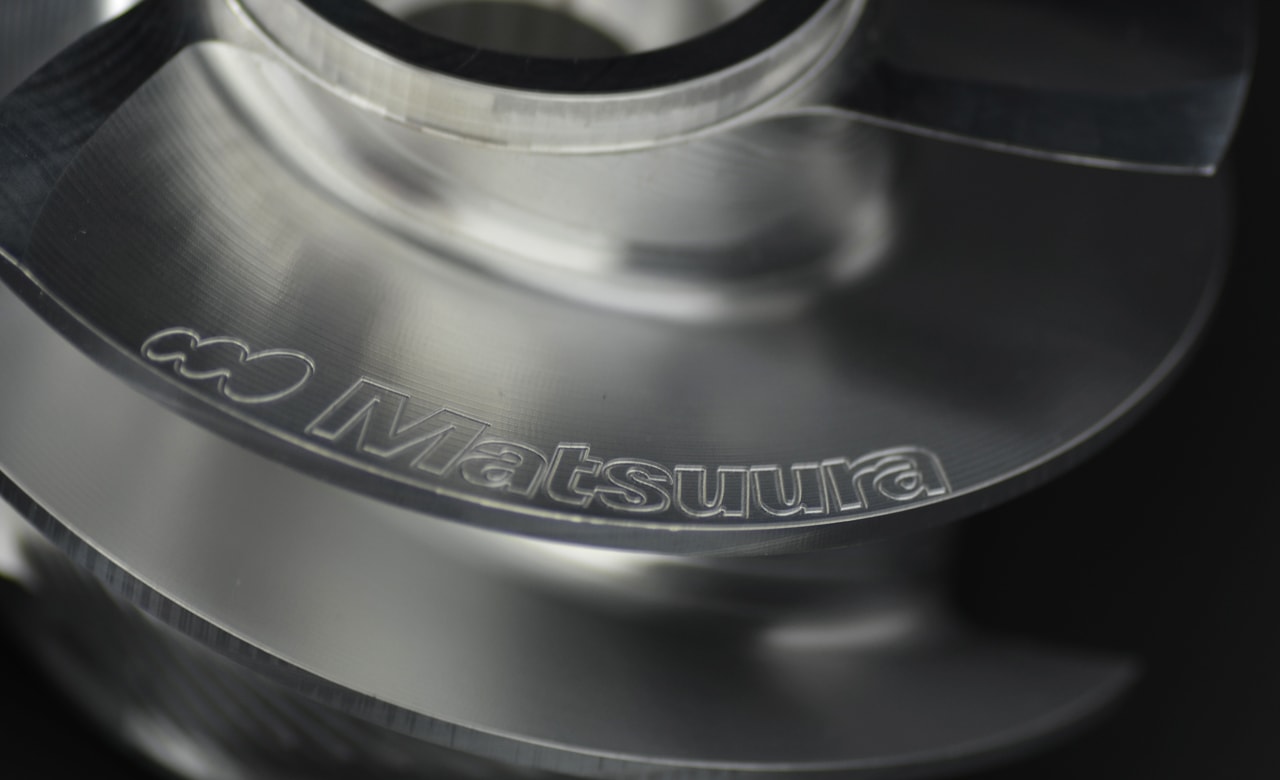 Moving to five-axis machining is a big commitment. What exactly are the concrete benefits of five-axis machines compared to three-axis machines?
Moving to five-axis machining is a big commitment. What exactly are the concrete benefits of five-axis machines compared to three-axis machines?
This blog post is adapted from an article by Barry Rogers that appeared in the November 2017 edition of the Machine/Shop print supplement to Modern Machine Shop.
The “five” in five-axis machining refers to the number of directions in which the cutting tool can be oriented as it approaches the part surface. This maneuverability provides almost unlimited possibilities for the type and shape of parts one can effectively machine. A significant advantage of five-axis capability is being able to process five sides of a part in a single setup. All sides are accessible except the one resting on the table. For this reason, shops that don’t have full five-axis work involving complex shapes can still benefit greatly from the five-sided machining a five-axis unit allows.
If parts being produced on a three-axis machine must be flipped over or repositioned, producing them on a five-axis machining center in one setup may be more profitable. Most often, the process on a three-axis VMC requires flipping the part, or rolling it around from fixture to fixture, to access all sides the part. Unfortunately, whenever the operator must open the door of a VMC to flip or rotate the part for this purpose, or to load or unload the part, remove chips, or perform in-process quality checks, the spindle must be stopped. This means that a part requiring machining on six sides may have to be moved by the operator seven times (load, reposition five times, unload). Five-sided machining eliminates these extra stoppages.
With five-axis machining, you can grip the part, perform all roughing operations, then go back and finish machining—in essence, gripping the part only one time. This capability enables you to machine part features in the order that is most convenient and may make the most sense for optimum material removal. For example, a part may have neighboring features that chatter or vibrate. These features can be roughed from both sides to reduce the chatter. Being creative with the processing steps is likely to enable you to conquer more challenging features with the added flexibility.
Another advantage to five-sided machining must be mentioned here. If holes on a prismatic part must be located to key features with a tight tolerance, five-sided machining may enable the part to be positioned on the side that requires the least machining, leaving a high percentage of features accessible for processing in a single setup. On a highly accurate machine with five-sided capability, the position of these features will correlate. This is not usually the case when using multiple holding fixtures on a three-axis machine. Machining features in one operation reduces location errors resulting from moving the part.
From a mathematical or statistical process-control standpoint, process capability for, let’s say, 30 parts produced on a five-axis machine versus on a conventional machine will be higher on the five-axis machine by eliminating the human involvement required for part repositioning. Even on the most finely tuned conventional machine, slight error is introduced whenever parts are handled by the operator. Using five axes to complete a part in one cycle with little or no operator intervention avoids this source of error.
Having said all this, you might be surprised to learn that a five-axis machine is never quite as robust as a three-axis machine. In addition to X, Y and Z axes, the rotary tables or trunnion add more mechanical joints susceptible to flex and wear. Do not let this concern you. Most shops will use 3+2 positioning for the roughing cycle and then use full five-axis machining to finish. Position, then hog, position, then hog, then use five-axis machining to finish the part gracefully.
Machining molds on a three-axis machine has its own challenges and limitations. For deep-pocket molds or tall-core molds, the required tools tend to be longer and smaller in diameter. Feed rates must be slowed to minimize tool chatter and prevent breakage. In contrast, with full five-axis machining, you can use shorter, stouter tools; have better access to the surface without Z-axis interference; take heavier cuts; increase feed rates; remove more material faster; and achieve better surface finishes, all while requiring fewer setups and shorter machining times. The incremental increase in costs for a five-axis machine compared to a three-axis machine will generally be absorbed quickly through increased efficiency.
The current technology in today’s five-axis machines delivers greater capability. These machines always seem to get the job done faster by enabling you to do more work in a single operation. There are fewer operations to program and fewer fixtures to create, and there is less flipping of parts and less in-process movement of parts around the shop. This overall increase in shop efficiency means more money in the bank. Perhaps it’s time to start thinking seriously about five-axis machining.
This is part one of a four-part series about buying five-axis machine tools.
Matsuura’s high-accuracy machining equipment, including multi-pallet and multi-tasking machine tools provides manufacturing solutions to a wide range of industries around the globe. The company’s automation capabilities and automatic tool change abilities can simplify the production process, reduce cycle time and provide unmanned machining capabilities.
Matsuura has developed and manufactured cutting-edge machine tools since 1935. From high speed machining to full five-axis, vertical, horizontal, linear motor or multi-tasking CNC machine tools, Matsuura has spearheaded the design of automated, unmanned, high accuracy CNC machine tools for a wide range of industries.
As manufacturing in North America becomes more complex, requiring multi-axis machining solutions, Matsuura is the preeminent solutions provider. While most industries maintain a higher part mix and smaller batch production, reduction of inventory is an imperative initiative. Additionally, with pressure on pricing and margins, customers realize they must discover methods to reduce labor costs.
Matsuura customers have high expectations: they want high-performance and reliability, superior accuracy and surface finish, machine flexibility, ease of use and minimal maintenance.
“Matsuura machines are built with our customers’ needs in mind. Since our foundation in 1935, Matsuura has been at the forefront of innovative design, development and manufacture of high quality machining centers. Our products satisfy the global requirement for high reliability, sustained accuracy and guaranteed performance,” said a Matsuura Machinery USA Spokesperson.
Matsuura Machinery USA, Inc., located in St. Paul, MN is the U.S. subsidiary of Matsuura Machinery Corporation in Japan. Since 1935, Matsuura has delivered unmatched excellence in high speed and high precision CNC machine tools. From full 5-axis, vertical, horizontal, linear motor or multi-tasking CNC machine tools, Matsuura has been the forerunner in designing innovative technology and manufacturing solutions to a variety of industries around the globe. Matsuura Machinery USA, Inc. provides the service, applications, and technical field support that have always been the Matsuura standard for business.
For more information on Matsuura products, please contact: [email protected] or visit: www.matsuurausa.com.
